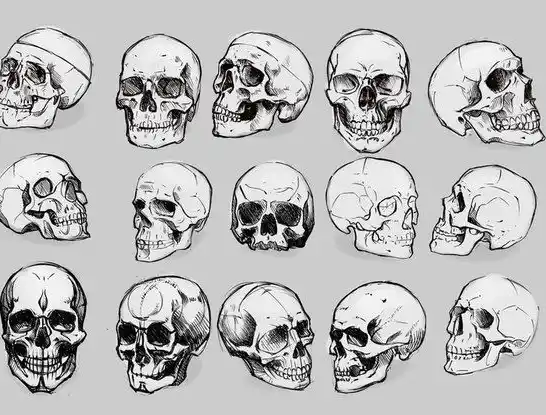Skulls are one of the most iconic tattoo motifs—used to symbolize mortality, power, rebellion, and transformation. But if you’ve seen one, you’ve probably seen a hundred that look the same. The challenge for tattoo artists and designers is moving beyond the cookie-cutter skull and creating something striking, fresh, and full of personality.
Whether you’re sketching flash, refining a custom piece, or prepping for your next client consultation, this guide walks you through how to draw a skull that doesn’t look generic.
Why Most Skulls Look the Same
The classic “tattoo skull” has been reduced to a simplified template: round dome, symmetrical eye sockets, a nasal triangle, and a generic row of teeth. While this works for some bold, graphic designs, it quickly becomes repetitive.
Generic skulls often suffer from:

- Over-reliance on symmetry
- Lack of bone structure detail
- Ignoring character and expression
- Minimal variation in angle and lighting
Drawing the same skull over and over limits your artistic voice and your portfolio. But skulls offer endless creative possibilities—if you know where to look.
Start With Real Anatomy
Before you stylize, study the real thing. Skull structure includes subtle asymmetries, bone ridges, and complex curves. The zygomatic arch, mandible shape, orbital sockets, and cranial vault vary across age, gender, and ethnicity.
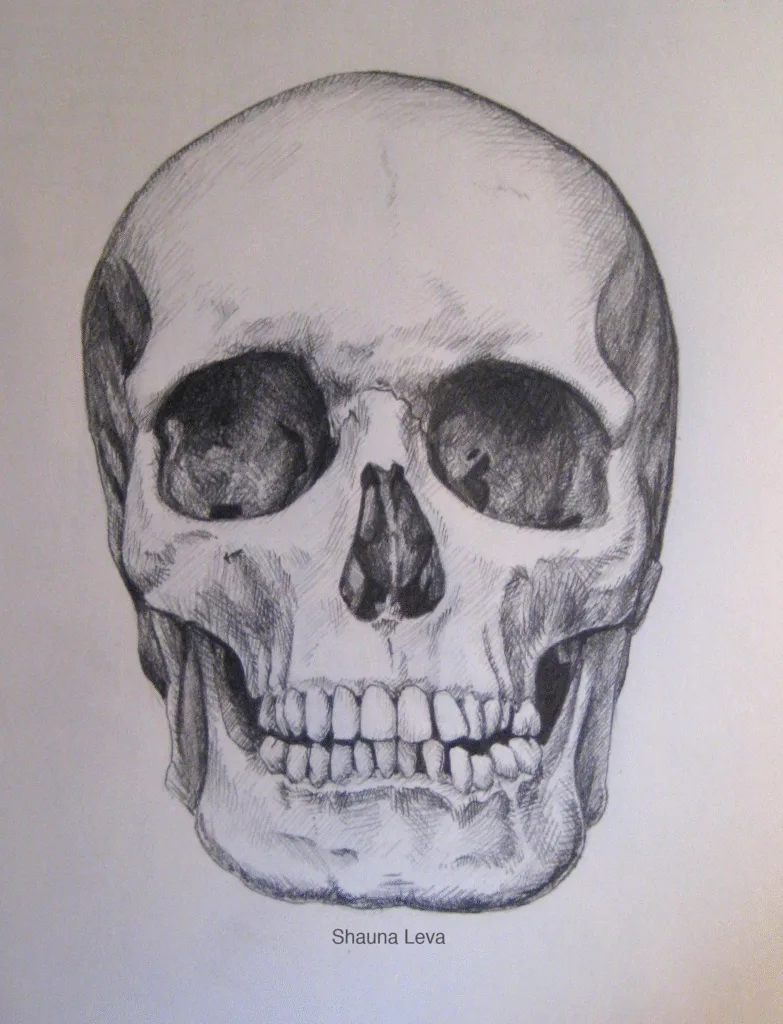
Pro Tip: Sketch skulls from real anatomical references—medical drawings, forensic photos, or even 3D models like those on Sketchfab. The more you understand the underlying structure, the more believable your stylized versions will be.
Experiment With Angles
A dead-on frontal skull is the quickest way to draw something generic. Instead, rotate the head:
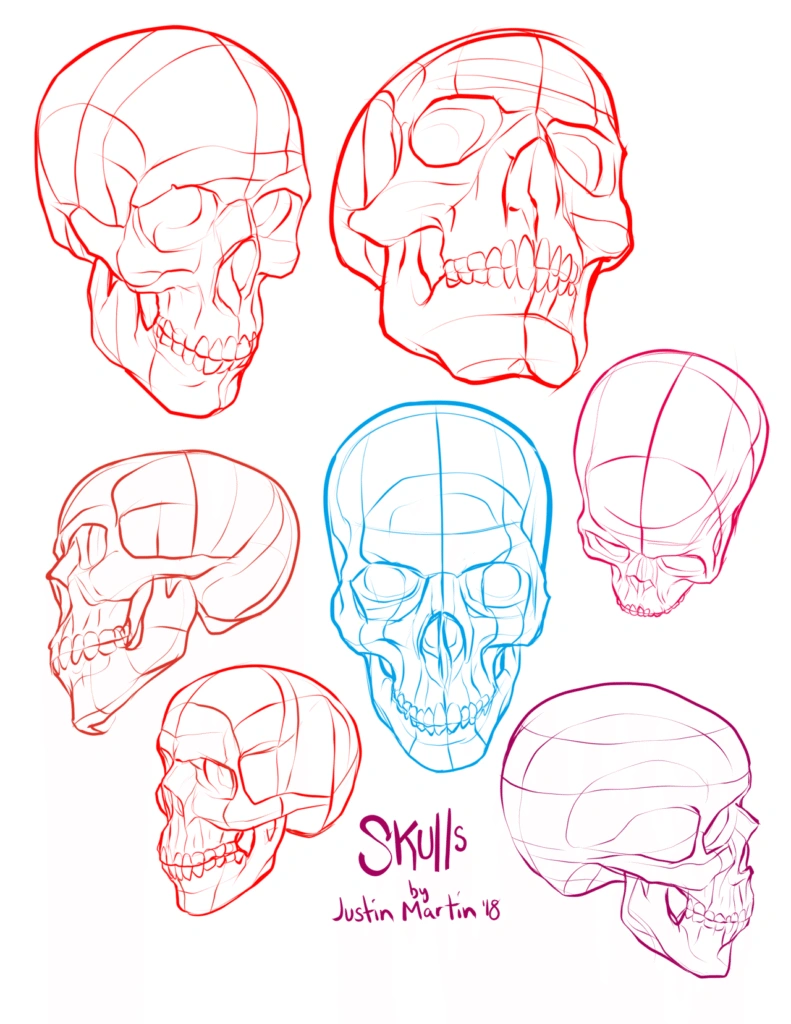
- ¾ View: Adds depth, shows overlapping forms
- Top-Down or Bottom-Up: Exposes cheekbones and jaw from new angles
- Side Profiles: Great for showcasing horns, helmets, or smoke trails
Angles give personality. A skull looking upward can seem defiant. One tilted downward can feel sorrowful. Use this to communicate emotion.
Play With Expression
Skulls don’t have facial muscles—but that doesn’t mean they can’t “emote.” Use exaggeration in features:
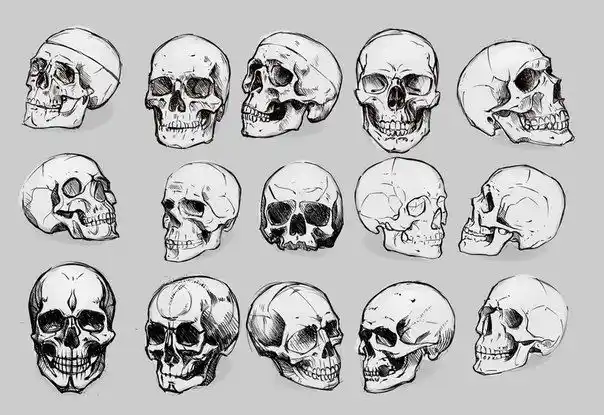
- Eye sockets: Angled sharply for menace, wide for surprise
- Jaw: Open for shock or laughter; skewed for a grimace
- Cracks: Use fractures or damage to suggest pain, violence, or age
Adding subtle asymmetry or damage creates a story: this skull belonged to someone. It lived, and it died in a unique way.
Use Stylization Strategically
Depending on your style (realism, neo-traditional, blackwork, etc.), there are ways to inject character:
- Neo-Traditional: Add flowing lines, organic shapes, and ornate flourishes
- Dotwork or Linework: Emphasize texture over shading
- Biomechanical: Fuse with gears, wires, and tubing
- Nature-Inspired: Combine skulls with flowers, birds, or fungi
- Cultural Motifs: Use motifs from Day of the Dead, Viking carvings, or Tibetan art for historical context
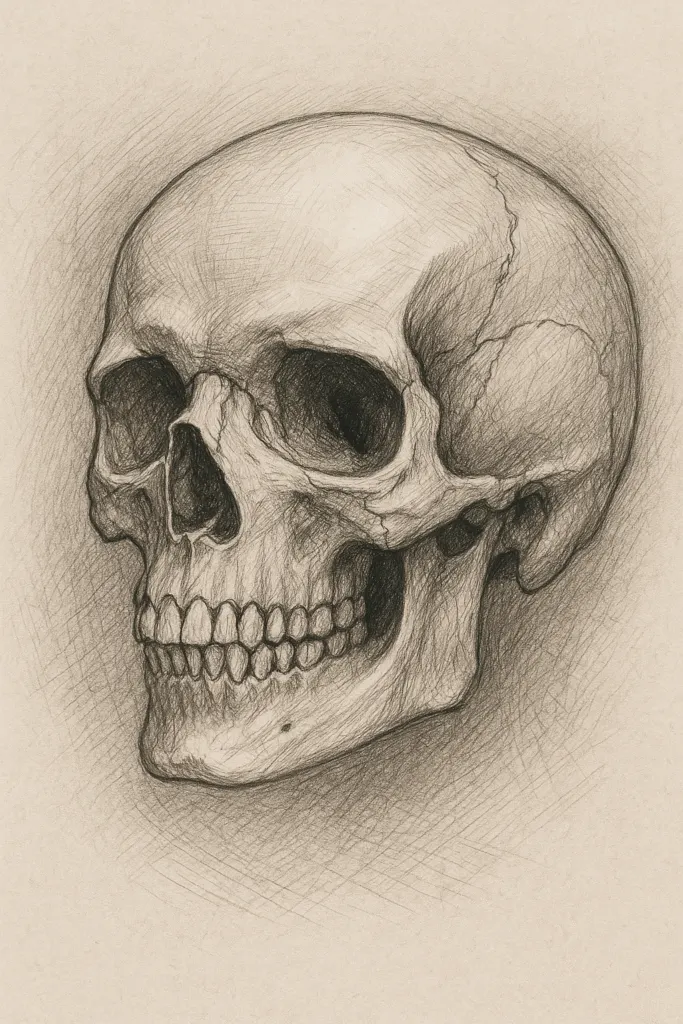
The key is to stylize with purpose. Ask: what is this skull saying?
Don’t Forget the Teeth
Skull teeth can make or break a drawing. Too many artists simplify them into uniform bars or identical molars. Real skulls have:
- Different tooth shapes (canines, incisors, molars)
- Gaps, chips, and broken teeth
- Uneven wear or crooked angles
Drawing each tooth with intention—even just a few—adds realism and grit. And if you want to push surrealism, exaggerate the dental structure for impact.
Add Meaning Through Detail
Want your skull to stand out? Incorporate symbolic elements that layer meaning:
- Snakes: Rebirth, danger, cunning
- Crows or Ravens: Death, messengers, transformation
- Roses or Lotus: Beauty emerging from death
- Clockwork or Hourglasses: Time and inevitability
Use these elements to ground your drawing in myth, emotion, or narrative.
Tools That Help
If you’re stuck in a design rut, consider using:
- 3D Pose tools like Proko or Magic Poser to rotate skull models
- Layered tracing in digital tools like Procreate to sketch over real skulls
- Texture brushes to create grunge, cracks, and decay
- Inspiration from flash books like Tattoo Copybook and The Tattoo Bible 2
Remember: copying is practice. Interpretation is mastery.
Final Thoughts
A skull doesn’t have to be boring. It can be sad, sacred, terrifying, regal, or even funny. By grounding your drawing in real anatomy, exploring dynamic angles, and telling a story through stylization, you can draw skulls that feel alive—even in death.
No two skulls in life are the same. Your art shouldn’t be either.

